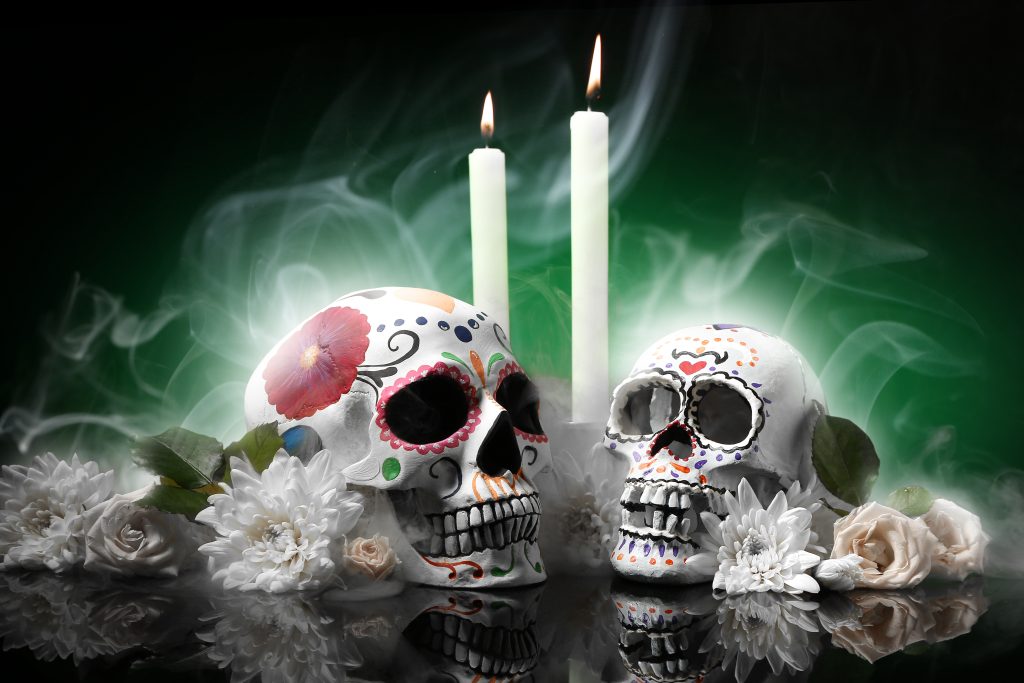A Celebration of Life: The Mexican Day of the Dead
By NuHome
Category: Local Lifestyle and Events

The Mexican Day of the Dead, or Día de Muertos, is a bright and vibrant holiday that celebrates life, death, and everything in between! This special occasion takes place annually on October 31st – November 2nd and is filled with colorful altars, traditional foods, and lively festivities. Join us as we explore the history and meaning behind this beloved holiday.
Origins of the Day of the Dead
The origins of the Mexican Day of the Dead can be traced back to an Aztec festival dedicated to the goddess Mictecacihuatl. After Spanish colonization, the holiday began to incorporate elements of Catholicism, resulting in the festive holiday that we know and love today. Dia de Muertos is now celebrated throughout Mexico and parts of Latin America as a time to remember and honor departed loved ones.
Traditions of the Day of the Dead
One of the most important traditions of Dia de los Muertos is the construction of altars, or Ofrendas, to welcome back the spirits of deceased relatives. Altars are often filled with pictures, flowers, favorite foods, and personal belongings of the departed. Yet another cherished tradition is the baking and decorating of sugar skulls, which are placed on altars or given as gifts. Traditional foods such as mole poblano, tamales, pan de muerto, and atole are also prepared in honor of Day of the Dead. Of course, no celebration would be complete without music and dance! Marimba bands often play lively tunes while parade participants dressed in skeleton costumes dance through the streets.
The Mexican Day of the Dead is a time-honored tradition that celebrates life, death, and everything in between. From colorful altars to sugar skull decorations, there are so many ways to participate in this joyous occasion. We hope you take some time to learn more about Dia de los Muertos and maybe even start some traditions of your own!